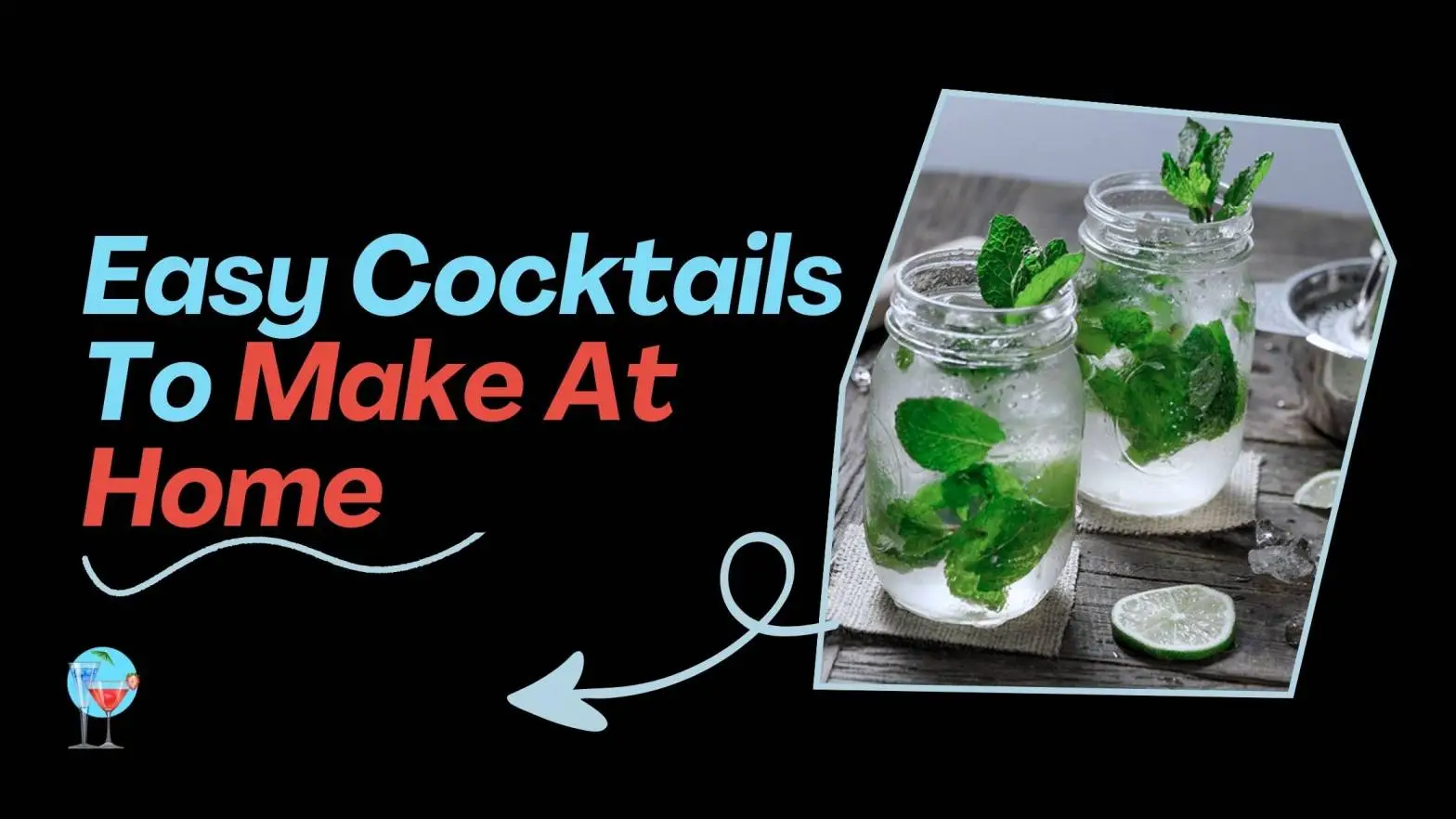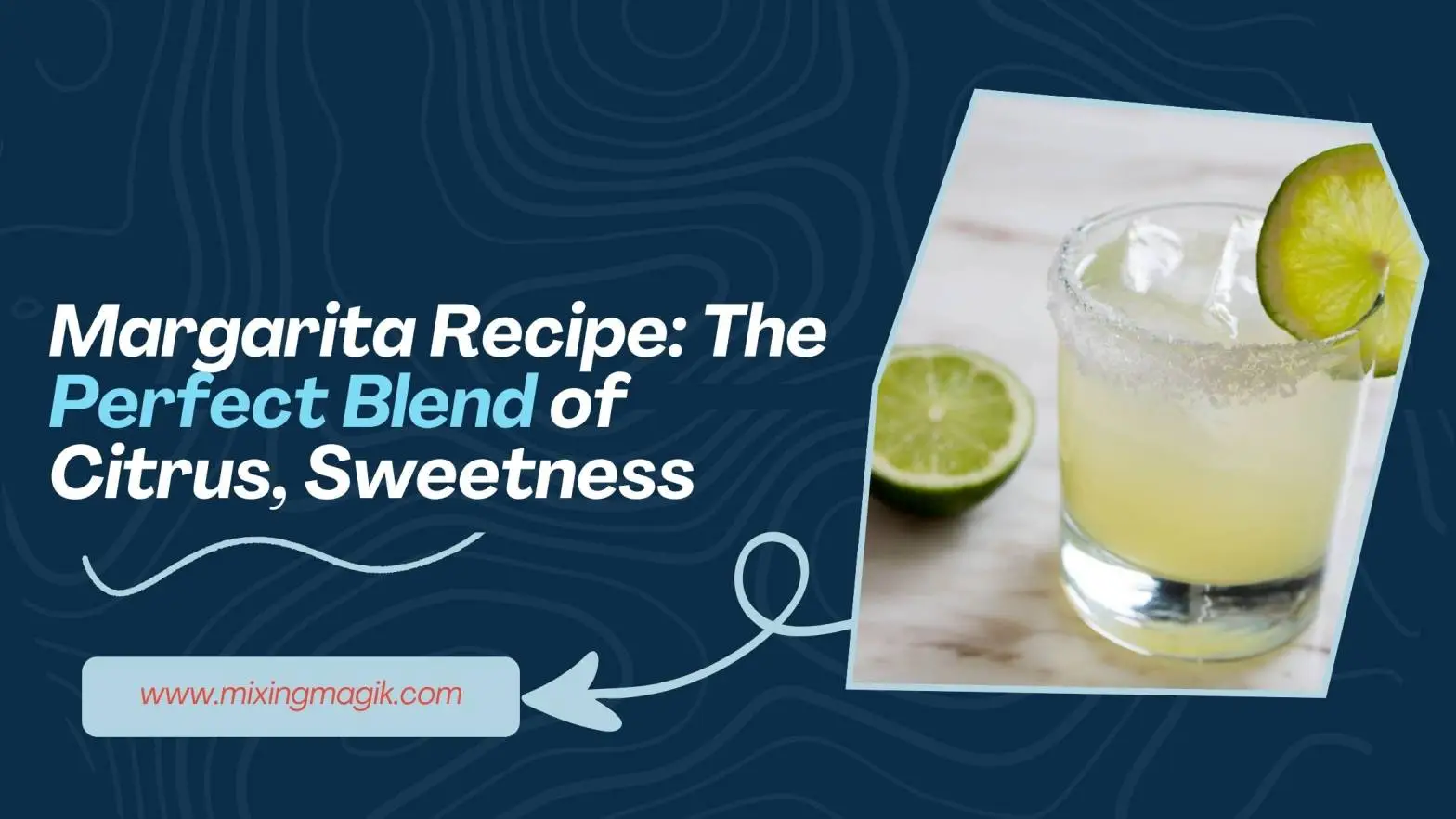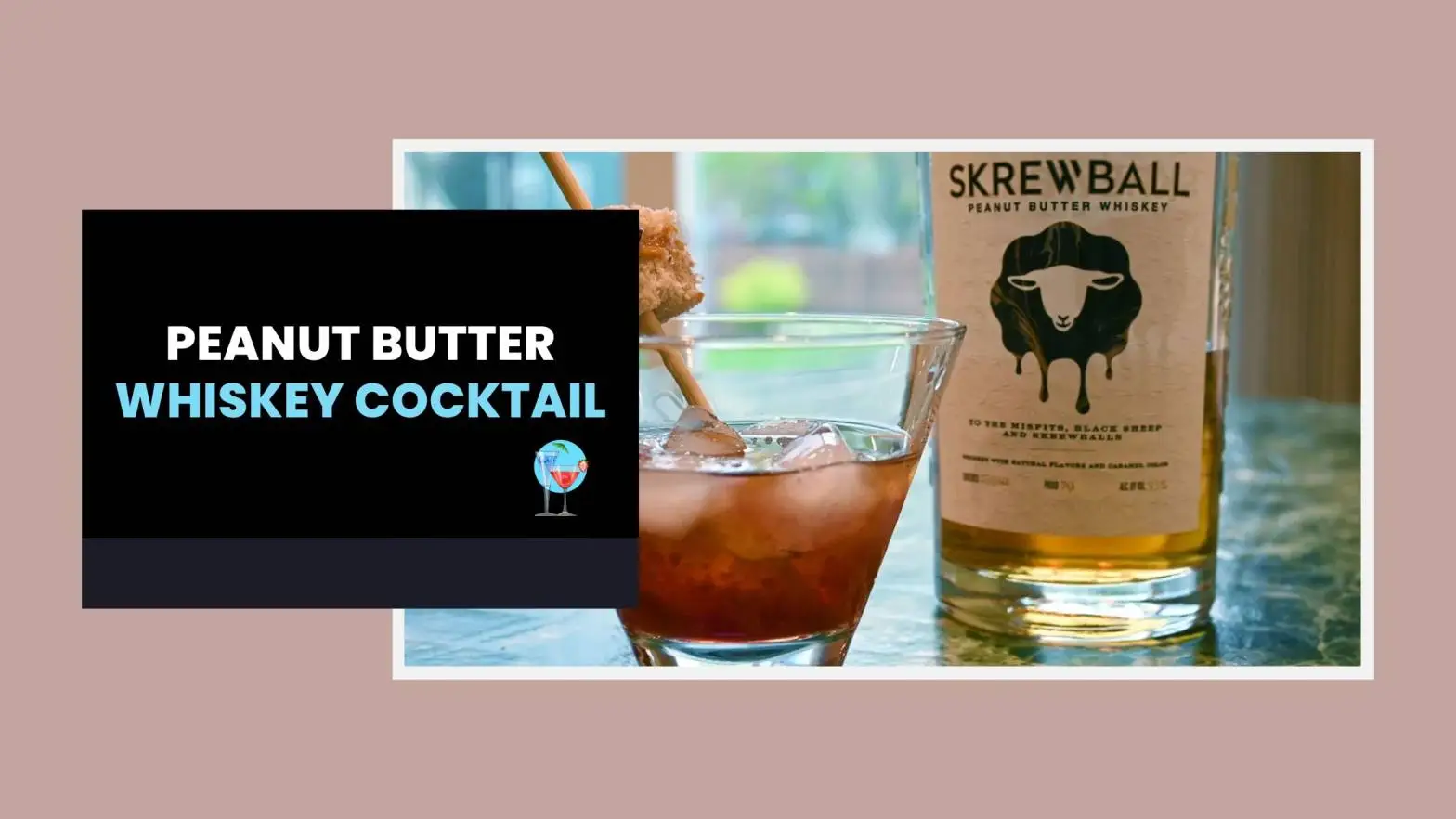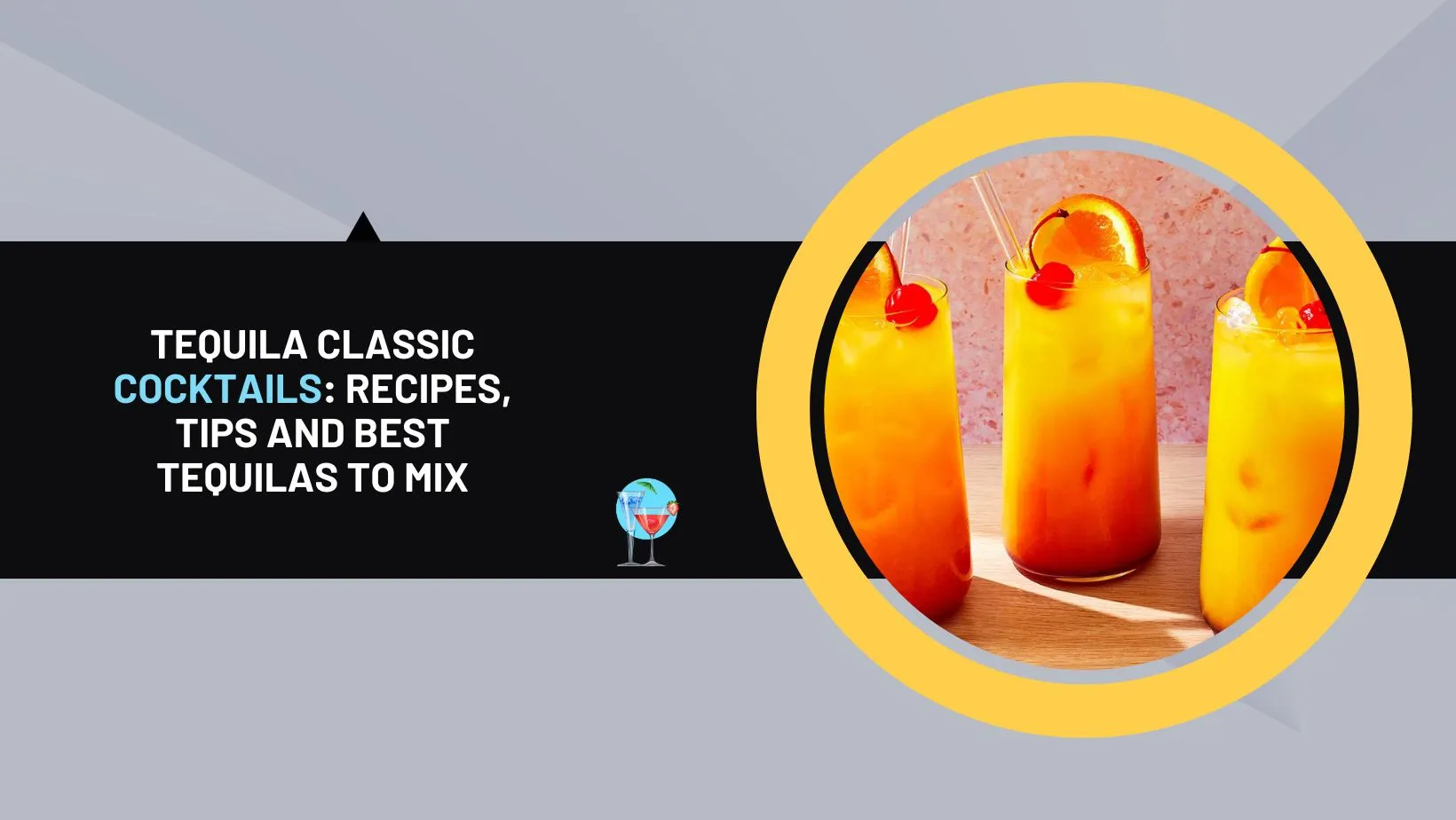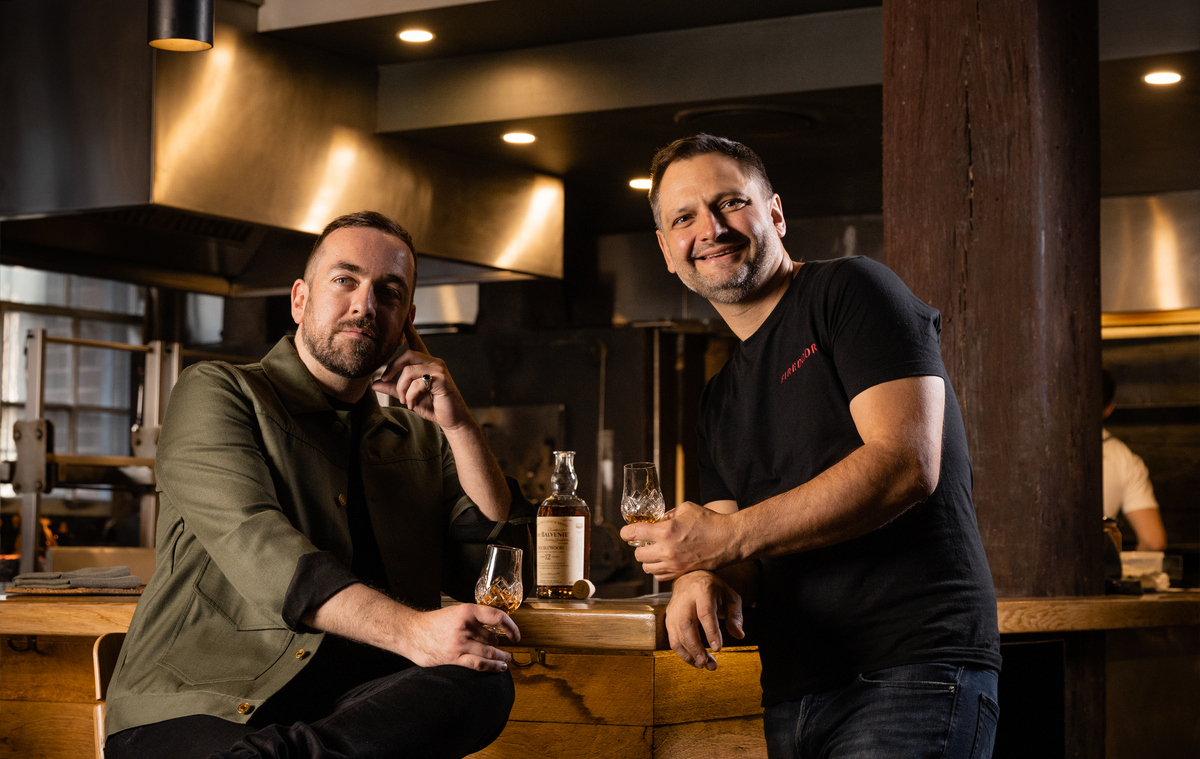

Story by Ross Blainey, The Balvenie Brand Ambassador. Reach him @ross_blainey
‘Una historia sobre el roble y el fuego.’ That’s the whilom title in Spanish. I’m feeling very inspired in as I sit in the centre of trappy Jerez de la Frontera, Spain, the home of sherry and our Spanish oak barrels for The Balvenie. Fire and oak are well-nigh as natural as you can get, they have a sense of magic to them, an unpredictability and an worthiness to add or take yonder from the making of our whisky. As I have learned over the last few years working with Lennox Hastie (owner, doughboy of Firedoor and Gildas, Sydney), this is the same with supplies also. Continuing our partnership with Lennox and Firedoor has got me excited to alimony learning and sharing what I find with you… this is just the whence of a Story of Oak and Fire.
Fire, an umber glow never dies at the heart of Firedoor. Through our partnership with Lennox Hastie and Firedoor over the last few years, I have been lucky to see the detail and superintendency put into every speciality of the world-renowned restaurant. Fire isn’t part of what they do, it is what they do. Every element of cooking is washed-up over wood fires. No gas, no soot it is all thoughtfully selected wood. It is not just a heat source but an ingredient in every dish that leaves the kitchen. Ironbark makes up well-nigh 50% of what they use, then there are varying types widow like cherry wood, world wood, wine barrels and of undertow whisky barrels.
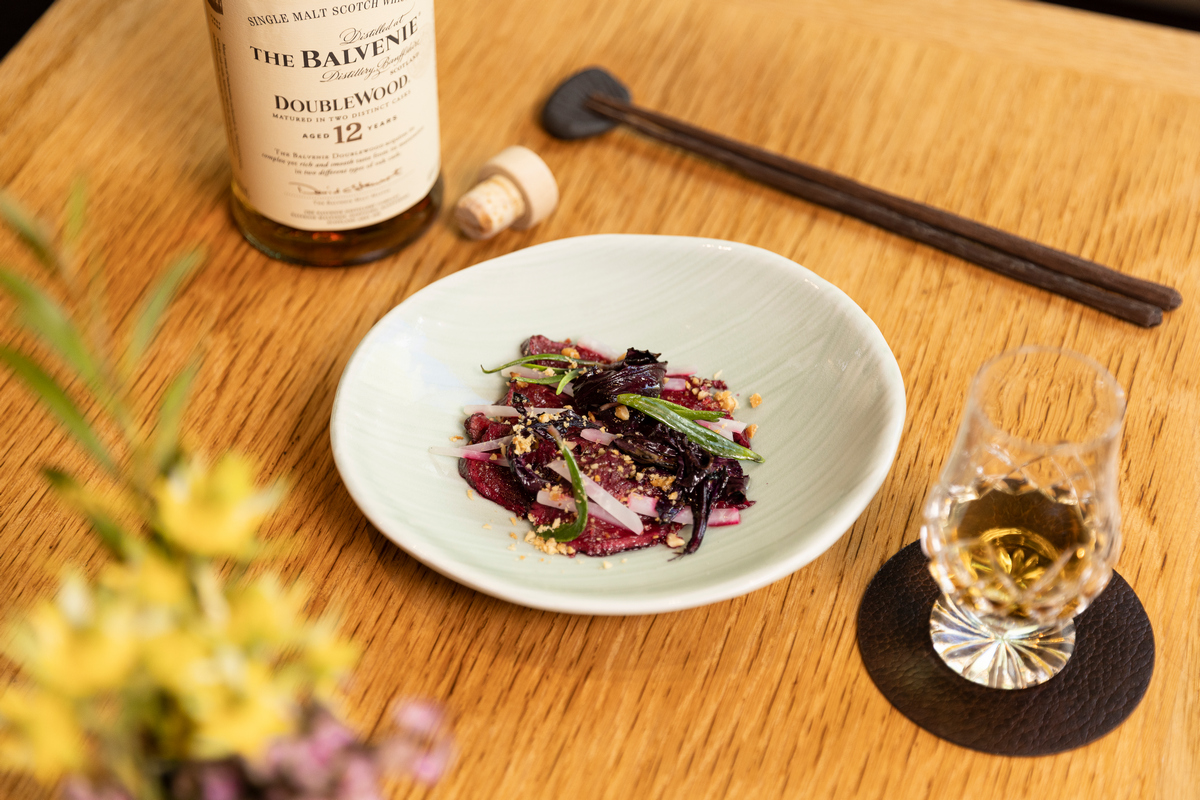 Lennox has shown me that there is a two-way relationship between the wood and the ingredients stuff cooked over it. The flavour of the specific wood adds to the ingredients whilom surpassing the juices and fats lard lanugo when to the wood. This changes the wood then surpassing it continues to influence the supplies above. It’s calculated work finding the nuances of each type of wood and how it interacts with variegated ingredients. It’s truly the ultimate craftsmanship, something we hold tropical to our heart at The Balvenie.
Lennox has shown me that there is a two-way relationship between the wood and the ingredients stuff cooked over it. The flavour of the specific wood adds to the ingredients whilom surpassing the juices and fats lard lanugo when to the wood. This changes the wood then surpassing it continues to influence the supplies above. It’s calculated work finding the nuances of each type of wood and how it interacts with variegated ingredients. It’s truly the ultimate craftsmanship, something we hold tropical to our heart at The Balvenie.
Taking the time to understand, pull it apart, understand, tweak and re-build in the pursuit of perfection. My favourite technique of Lennox’s is what I would undeniability “finishing”, it is flipside unconfined parallel to how we make our whisky at The Balvenie. Without cooking over the iron yelp Lennox will “finish” ingredients over a variegated wood for a short period of time. Just long unbearable to add a layer of new flavour from cherry wood or maybe a Spanish oak barrel. It’s scrutinizingly exactly the same way we finish our whisky in Spanish oak sherry barrels.
Oak boldens the heart of our whisky. Spanish oak, ex oloroso sherry barrels play a huge part at The Balvenie and in Scotch.
Lennox has shown me that there is a two-way relationship between the wood and the ingredients stuff cooked over it. The flavour of the specific wood adds to the ingredients whilom surpassing the juices and fats lard lanugo when to the wood. This changes the wood then surpassing it continues to influence the supplies above.
I honestly think that the use of sherry barrels is one of the most misunderstood parts of production for the modern whisky drinker. Without my second visit to Jerez I’ve decided we really need to get the true story of this trappy oak out there. As bartenders, you’re the purveyors of knowledge to the drinkers of the world and I’d love to share the depths of this zone with you. Spanish oak is a specific type of oak, Quercus Robur and is grown in Spain, usually in the North (and some other places, but then it’s not Spanish anymore). The barrels are usually seasoned with oloroso sherry without they are built.
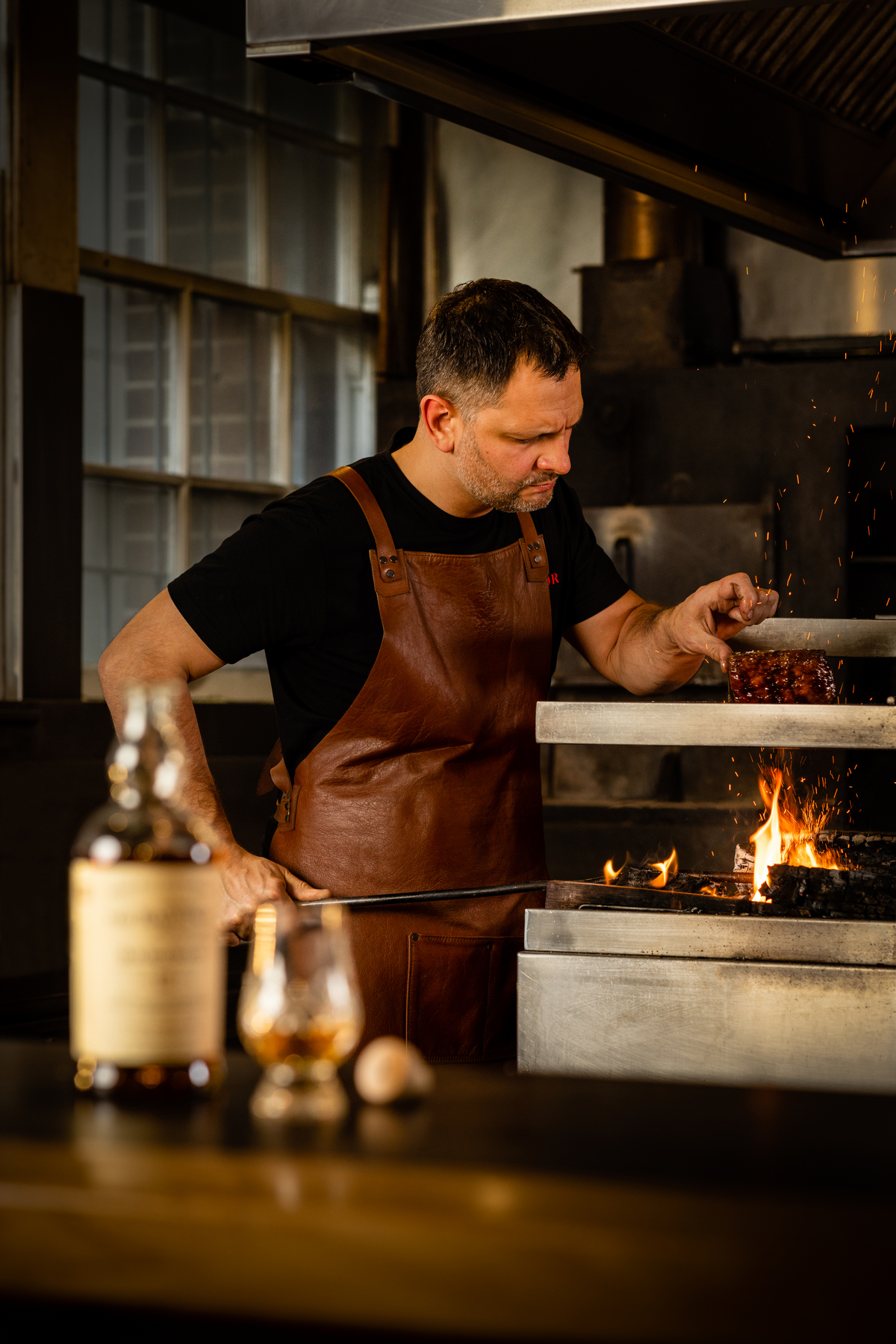 There is a misconception that if it is seasoned with sherry by having sherry in it for a year or two it is somehow junior and that old sherry barrels are the real deal. I can tell you that basically, all ex-sherry barrels used in Scotch whisky are seasoned and scrutinizingly unchangingly have been. Old sherry barrels weren’t the original and aren’t the weightier way of doing it. In sherry production they want old barrels for less flavour and prefer American oak considering it has less tannin in it. For whisky we want oak flavour so old barrels don’t do it for us. We need the bold, sweet fruit and nut from Spanish oak. Seasoning the barrels with oloroso sherry works perfectly for us and for The Balvenie as sits in there for well-nigh 2 years. In those 2 years, the sherry impacts the wood itself but increasingly importantly, it removes tannins, bringing it to the level of tannin we want surpassing we send them to Scotland. With the Balvenie 12 DoubleWood we age for 12 years in American oak and finish in Spanish oak, ex oloroso sherry for up to 11 months. It’s tabbed DoubleWood considering it’s well-nigh the wood, not so much the sherry.
There is a misconception that if it is seasoned with sherry by having sherry in it for a year or two it is somehow junior and that old sherry barrels are the real deal. I can tell you that basically, all ex-sherry barrels used in Scotch whisky are seasoned and scrutinizingly unchangingly have been. Old sherry barrels weren’t the original and aren’t the weightier way of doing it. In sherry production they want old barrels for less flavour and prefer American oak considering it has less tannin in it. For whisky we want oak flavour so old barrels don’t do it for us. We need the bold, sweet fruit and nut from Spanish oak. Seasoning the barrels with oloroso sherry works perfectly for us and for The Balvenie as sits in there for well-nigh 2 years. In those 2 years, the sherry impacts the wood itself but increasingly importantly, it removes tannins, bringing it to the level of tannin we want surpassing we send them to Scotland. With the Balvenie 12 DoubleWood we age for 12 years in American oak and finish in Spanish oak, ex oloroso sherry for up to 11 months. It’s tabbed DoubleWood considering it’s well-nigh the wood, not so much the sherry.
Just like with Lennox and his journey with fire and oak, we curate the flavour from the beginning, from the forest and its surrounds. The whisk is an ingredient, and we only use the best. The spirit and oak interact with each other, intertwining their influence on each other when and forward, waffly over time, guided by our malt master Kelsey McKechnie who has recently taken over the reins from David Stewart MBE, but that’s flipside story for flipside time.
I couldn’t hope to explain all of the processes of Firedoor or sherry whisk use in whisky in one article. They are intricate and detailed with learnings over many years. Maybe we’ll have to put something together for a little event and share the whole story with you. If you’re interested in learning the whole Story of Fire and Oak, requite me a shout! The increasingly we learn well-nigh our craft the largest we can understand, modernize and protract our pursuit of perfection in the distillery, the kitchen or the bar.
Slàinte!

